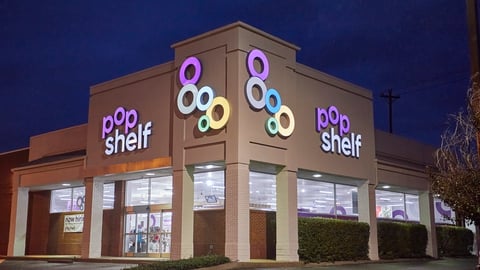CVS Health Q3 earnings, sales beat Street; raises 2020 earnings guidance
CVS Health Corp. beat estimates for the third quarter and raised its full-year guidance amid strong demand for its ever-expanding health services.
The company also announced that longtime CVS veteran Larry Merlo will retire, to be succeeded by Karen Lynch, who will take the reins on Feb. 1.
CVS posted net income of $1.219 billion, or 93 cents a share, for the quarter ended Sept. 30, down from $1.529 billion, or $1.17 a share, in the year-ago period. Adjusted per-share earnings came to $1.66, easily topping the $1.33 per share analysts had expected.
Total revenues rose 3.5% to $67.06 billion from $64.81 billion, ahead of estimates of $66.66 billion. Across CVS drug stores, front end revenues increase 2.7% while prescriptions filled increased 4.6%.
“Our strong third quarter results demonstrate continued execution of our long-term strategic plan that is transforming the way health care is delivered,” stated Merlo. “As an integrated health services provider, we’re developing holistic and innovative solutions that meet the needs of our customers in the community, in the home or in the palm of their hand. Our comprehensive pandemic response shows the power of a diverse and agile enterprise.”
CVS has been in the forefront of COVID-19 testing. It has opened more than 4,000 drive-thru test sites at its pharmacies, and recently announced plans to have nearly 1,000 sites for rapid testing by the end of the year. In October, CVS and Walgreens entered into an agreement with the government to administer coronavirus vaccines to the elderly and staff in long-term care facilities when vaccines become available.
CVS raised its full-year adjusted EPS guidance to a range of $7.35 to $7.45 from a previous $7.14 to $7.27. The company forecast that cash flow for the full year would range from $12.75 billion to $13.25 billion, higher than its previous outlook of between $11 billion to $11.5 billion.







